Janet Panelo

Lover of the magic that music generates in people and faithful to her own style, Janet Panelo is a renowned Argentine singer-songwriter who currently represents the music of her country in the USA. With countless songs written and produced by her, accompanied by a great team of professionals, she has managed to capture the hearts of Americans.
Her current song entitled “I Wanna Go Home” has positioned her as a woman who “is not afraid to be herself, believes in her outcomes and never loses her essence.” Undoubtedly, her noble spirit is reflected in the affection of her fans and followers who have always accompanied her and all those who discover Janet day by day.

At just 14 years of age, she composed her first song and from that moment, she never stopped. In 2009, she formally began her solo career, resulting in her first single called “At the End of the Storm.” It was recorded in Spanish and English, achieving success in the local industry, as well as internationally and standing out for the incorporation of important figures from the Argentine musical repertoire.
“I started to compose my first songs because I felt that I should transmit my values, my beliefs, my ideas, to the people closest to me. I never thought that people would be so moved by my lyrics and those composing songs it would become my career. Without a doubt, leaving a positive message and helping people through my art is the greatest reward, it is my engine to continue composing,” Janet expressed it with great conviction and feeling.

Her life has been imbued with great experiences that have impacted her both personally and professionally, giving her an important space as a representative of Argentine music in the world. She was awarded in her country by government authorities and chosen from among all the candidates, to accompany the Governor of Mendoza and represent the culture of Argentina in China. Based on this important event for her province, as well as for her musical career, in 2017 she was invited by the owner of the renowned and distinguished Spanish restaurant in Florida, “El Bodegón”, to promote, through her music, the culture of her country.
“El Bodegón gave me the first opportunity to perform in different multicultural shows. I am very grateful to them for having given me the opportunity and necessary support to grow my artistic career abroad” … Janet Panelo.
Janet Panelo is currently amid a new musical project with songs in Spanish and English, accompanied by renowned producer Paul Hoyle, with a record label “Olde Bear Music”. He has worked for musical legends such as Shakira, Julio Iglesias, Palito Ortega, María Martha Serra Lima, among others. Without a doubt and as a first scoop, the first song that begins his album, entitled: “I Wanna Go Home“, also recorded in Spanish (“Volver al Amor”), provides a powerful message of hope in the face of adversity in life, accompanied by sensitive melodies that promise to make this release a musical success of 2020.

Now available on Spotify, Itunes, iHeartRadio, Amazon, Pandora, Google Play, Apple Music, MediaNet, Deezer, among others.
Follow Janet at:
2013 ana bikic Architecture art art basel artbasel Art Fair Miami art review miami art reviews arts Arts Miami Basel Biscayne Bay City of Miami coconut grove coconut grove art fesival 2011 Coconut Grove Miami cultural Dade Heritage Trust fine art fine arts Florida Freedom Tower History international International Art Juan ponce De Leon miami miami art reviews miami arts Miami Art scene miami beach Miami Beach Art Basel 2012 Miami Beach Florida Miami Dade County Miami Design new poster painting ponce de leon reviews south Florida Tequesta United States Visual Arts william mark coulthard
Instagram: @janetgpanelo
Facebook: Janet Panelo
Youtube: Janet Panelo
LinkedIn: Janet Panelo


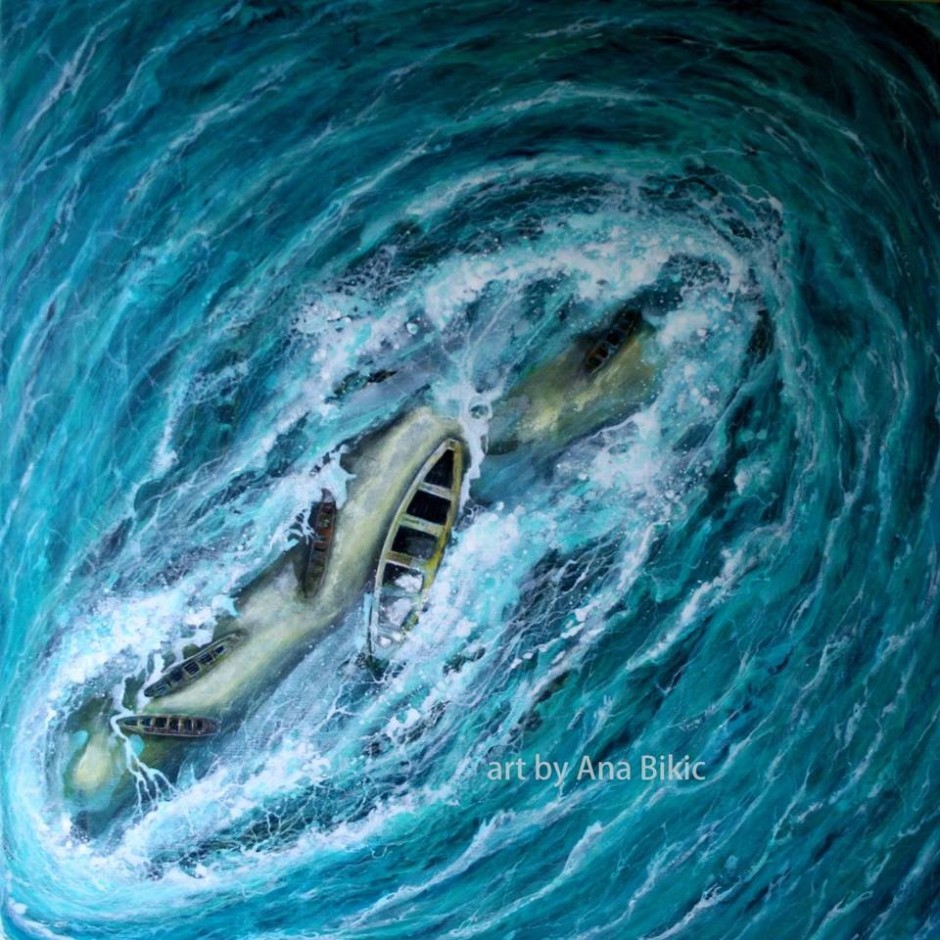




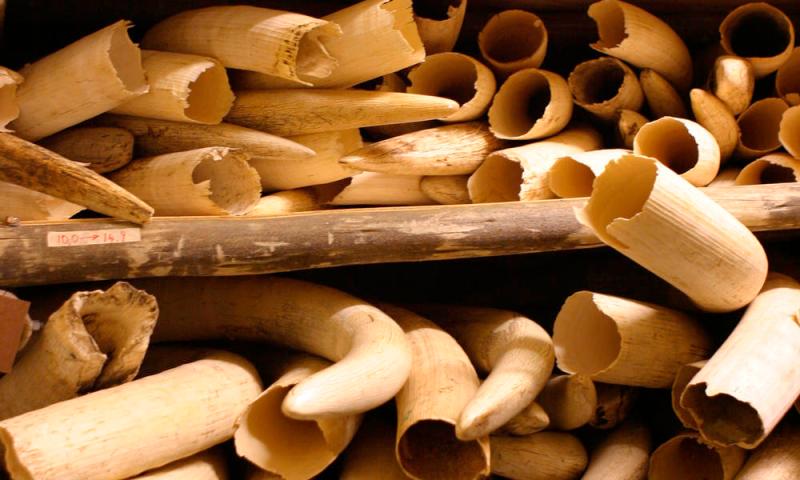

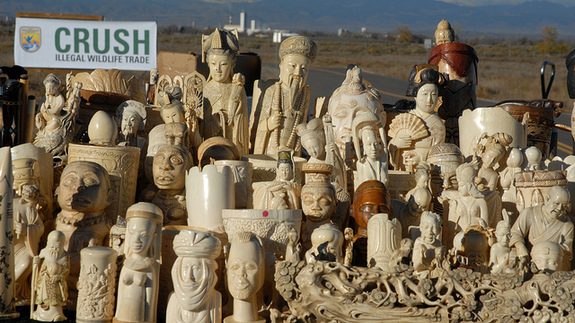

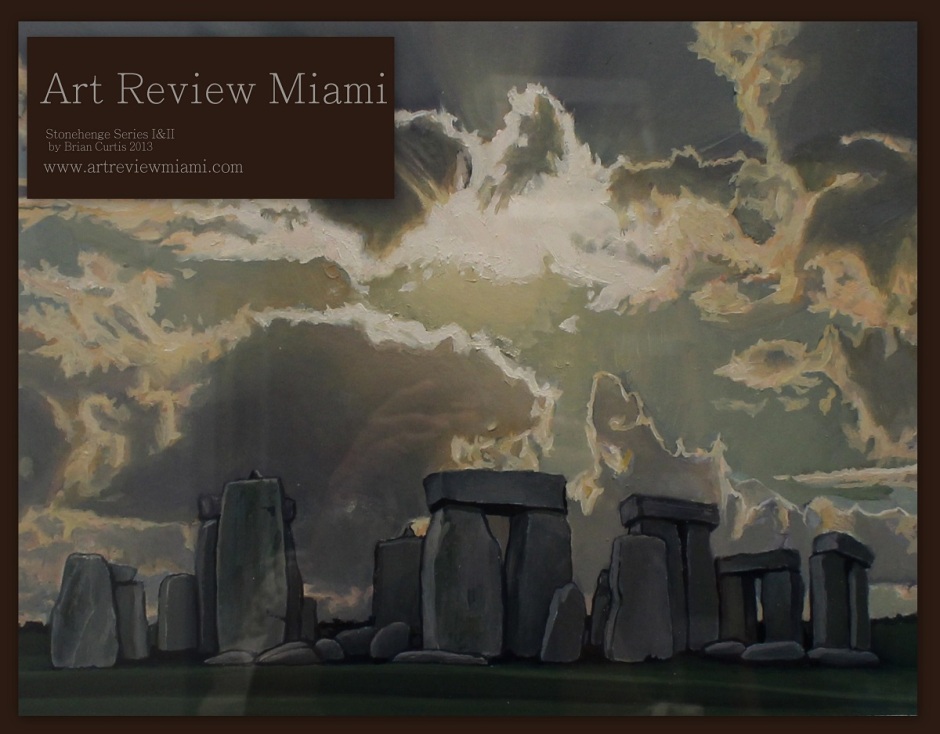
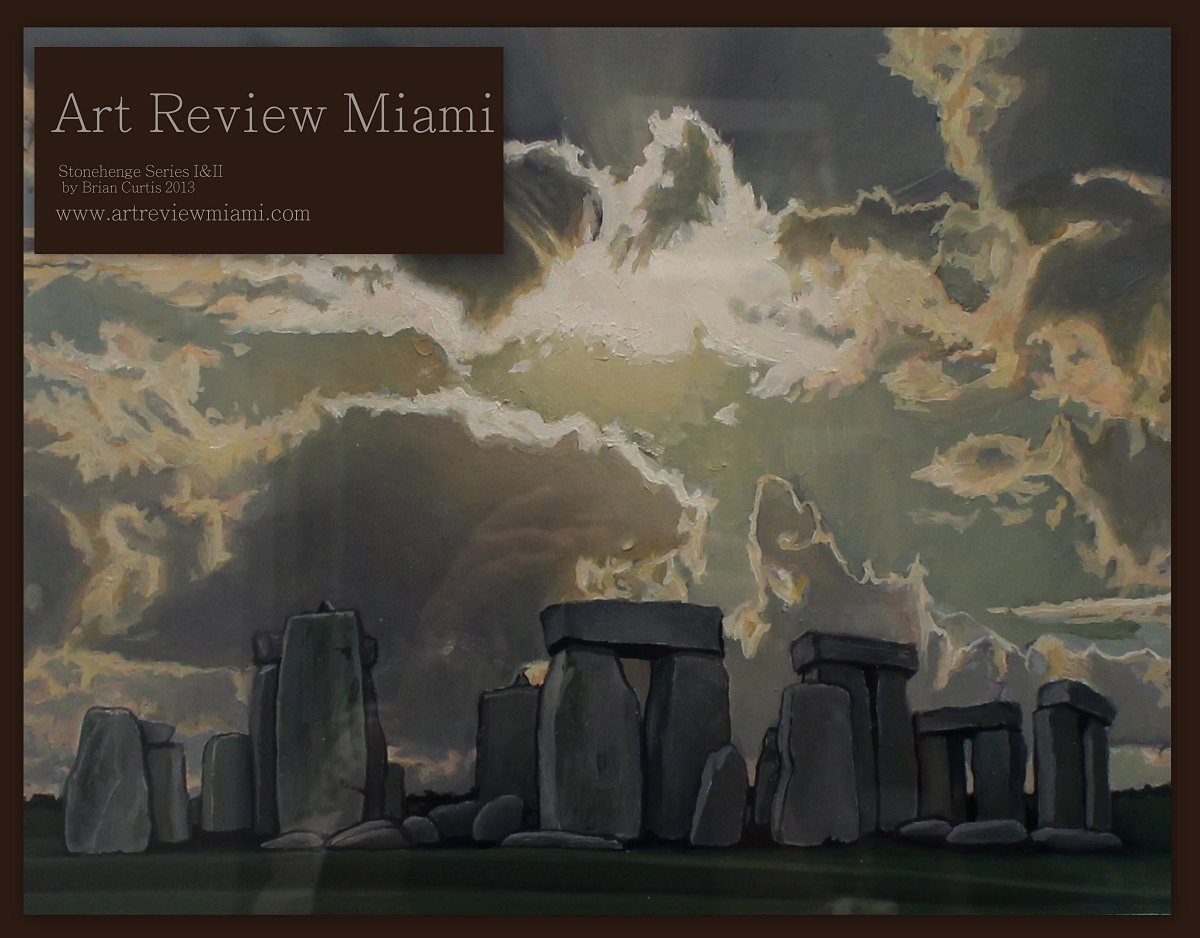
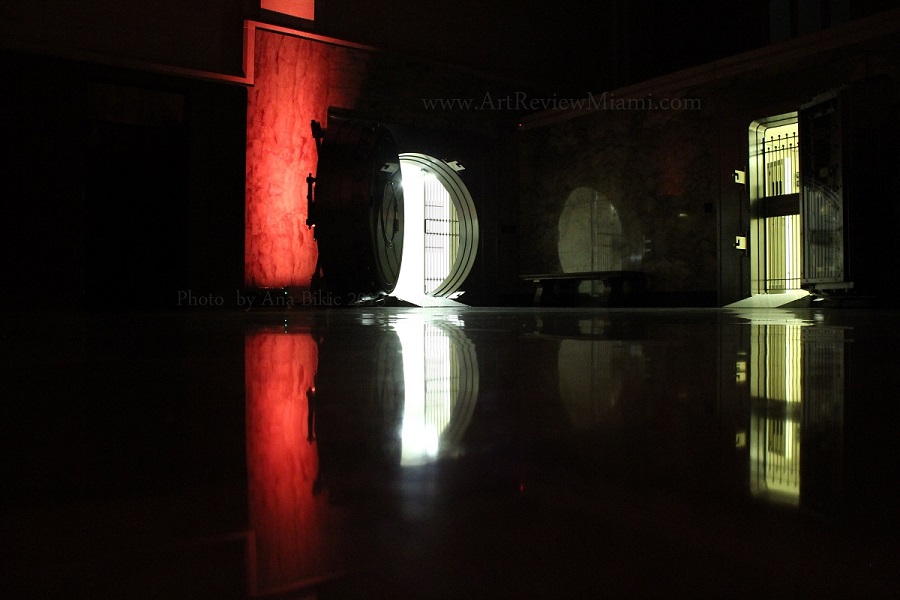



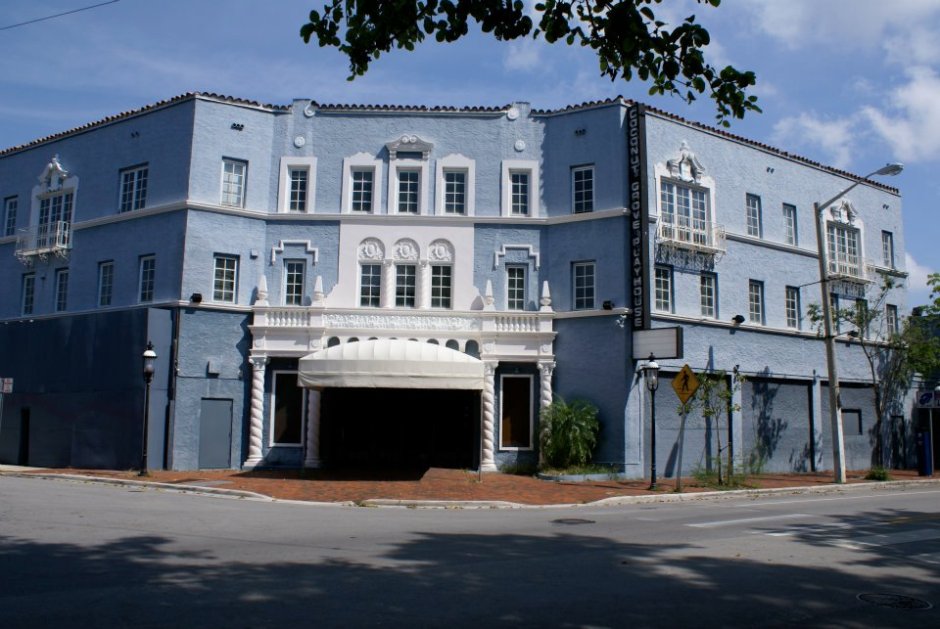

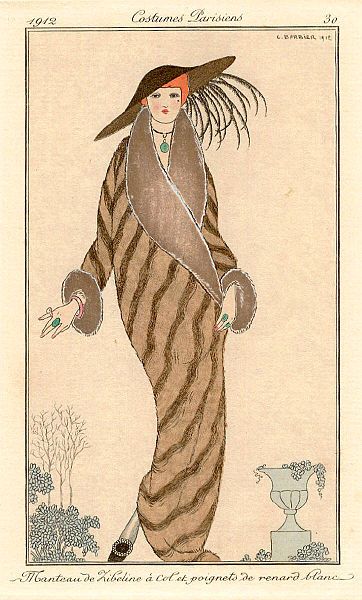
You must be logged in to post a comment.